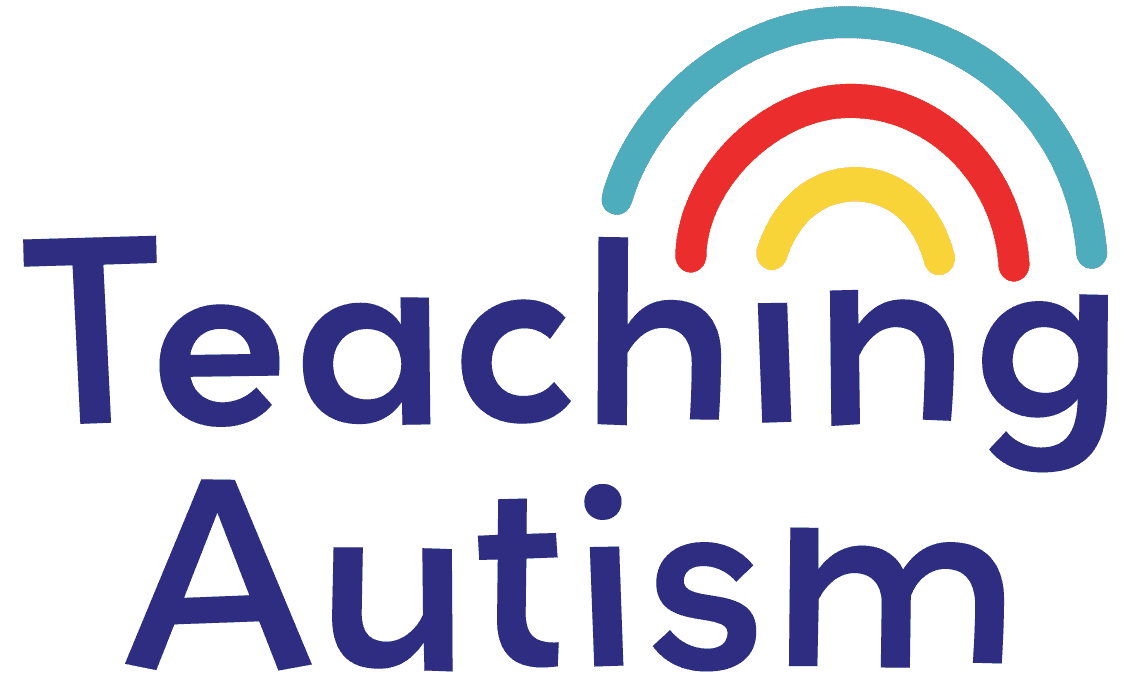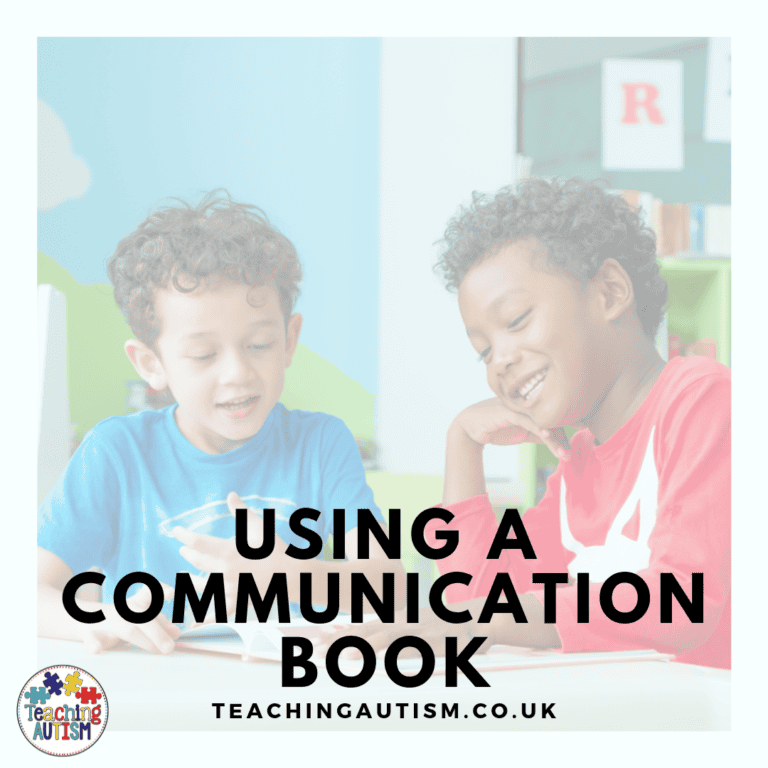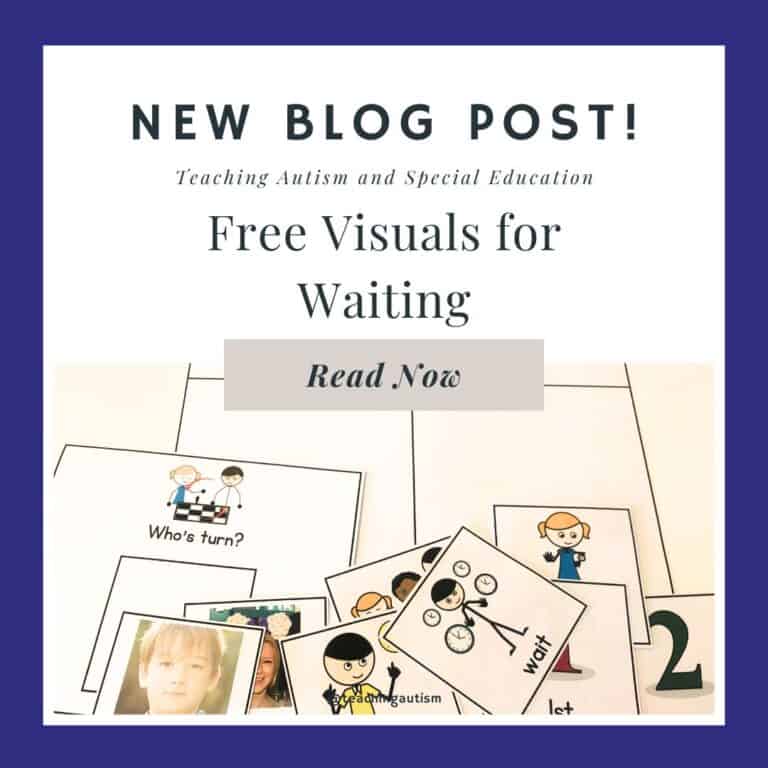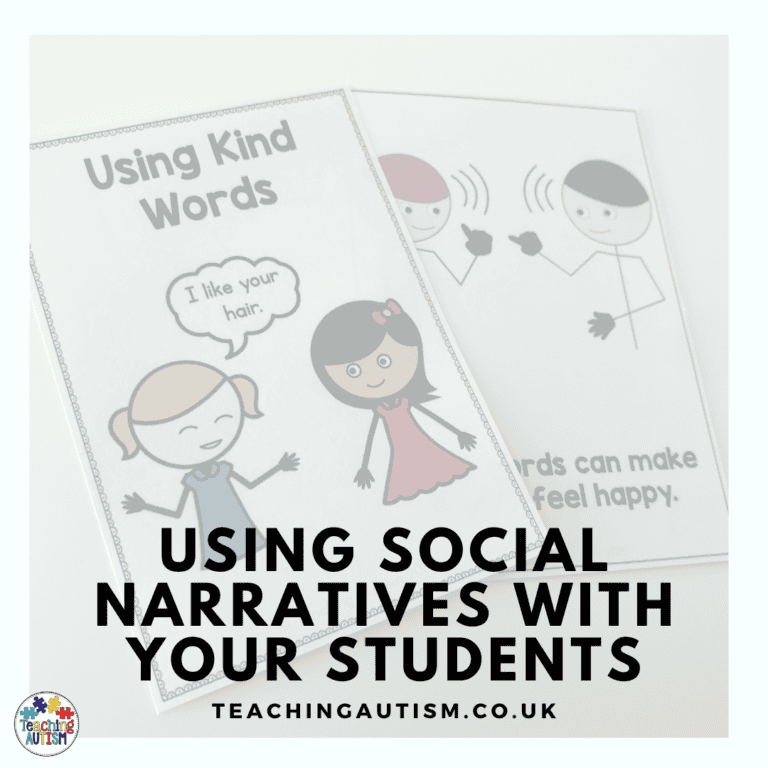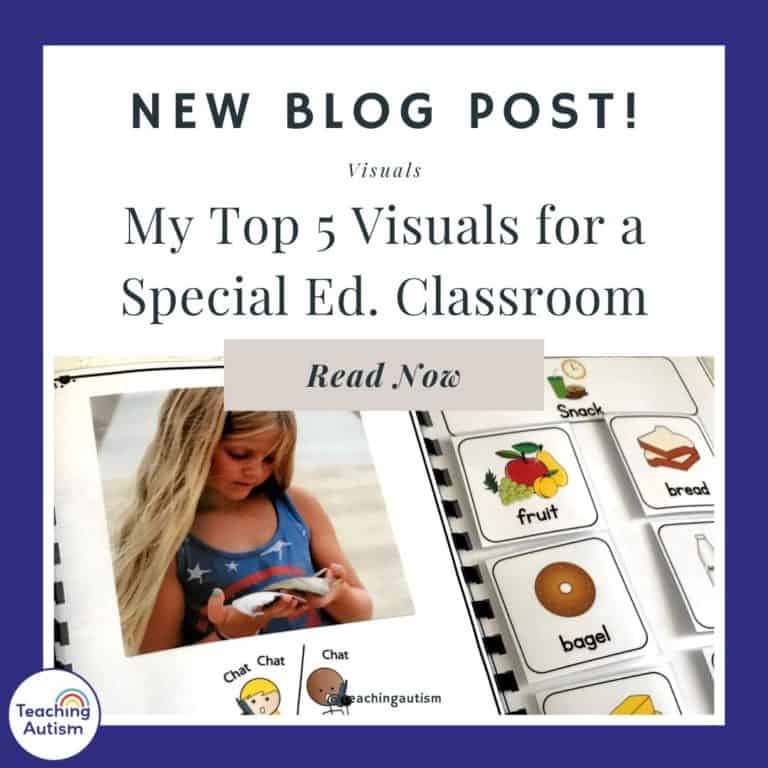Using Real Life Objects as Visuals in Special Education
I have been having so many questions about using real life objects as visuals in special education classrooms lately. And this is something that I have done for many years. Specifically, I usually start with using real life objects to help prepare my students and get them ready to use 2D visuals; like schedules.
Using Visuals in the Classroom
As an autism specialist, I have seen the immense benefits of using visuals in the classroom for students – not just in special education, but also in general education too.
The use of visuals can support students in understanding and processing information, and can also help with behavior management.
While 2D printed visuals like schedules can be effective, I always recommend starting with real-life objects before transitioning to 2D visuals. Here are some reasons why:
Tangible and Concrete Representations
Real-life objects provide our students with a concrete representation of concepts. This makes it easier for students to understand abstract ideas. For example, using a real apple to teach the concept of “fruit” can help students understand the concept better than a picture of an apple.
Multi-Sensory Approach
Real-life objects offer our students a multi-sensory experience. Students can touch, see, and sometimes even smell or taste objects to help them understand the concept being taught to them. I find this easier for students who are struggling with fine motor skills too. The objects are easier for them to take off the schedules and place into a bag at the end rather than flat, small visual cards.
Increased Engagement
Real-life objects can be more engaging for our students than 2D visuals. Our students are more likely to be interested and motivated when they can interact with and manipulate objects, rather than small pieces of card. Especially when we are trying to introduce them to visuals, perhaps for the first time.
Individualized Learning
Real-life objects can be used to meet the individual needs and interests of our students. For example, if a student is interested in cars, using toy cars to teach something like… math concepts.. can be more effective than using generic visual aids for teaching this. The student will naturally be drawn to the car and will pay more attention to the visuals.
Transferrable Skills
Using real-life objects can help our students to develop important transferable skills. These can include skills such as problem-solving, decision-making, and critical thinking. Our students can then transfer these skills to use in other areas of their lives.
Introducing Real-Life Objects
When introducing real-life objects as visuals, it is important to consider the individual needs and preferences of each of your students.
Some of your students may prefer certain textures or materials. While other students you have may have sensory sensitivities. It is also important to consider safety and hygiene when using real objects in the classroom.
Personally, I tend to use real-life objects as long as necessary. Then, when my student is ready to progress onto 2D visuals, I go straight into this. Because while real-life objects are hugely beneficial, they can be very bulky, and difficult to keep on top of. And as always, we always have a goal that we are working towards!
I do believe that using real-life objects means that we are able to provide our students concrete and meaningful visuals. I always consider the use of real-life objects before transitioning to 2D visuals.
Do you use real-life objects in your classroom? Or do you have any questions? If so, let me know in the comments below.
If you found this blog post helpful, please consider sharing it with your friends and colleagues on social media.
Nikki
P.S. Have you signed up for my VIP membership yet? If not, head on over and sign up now. You’ll get access to hundreds and hundreds of resources, templates, crafts and more being uploaded every month!
Nikki
